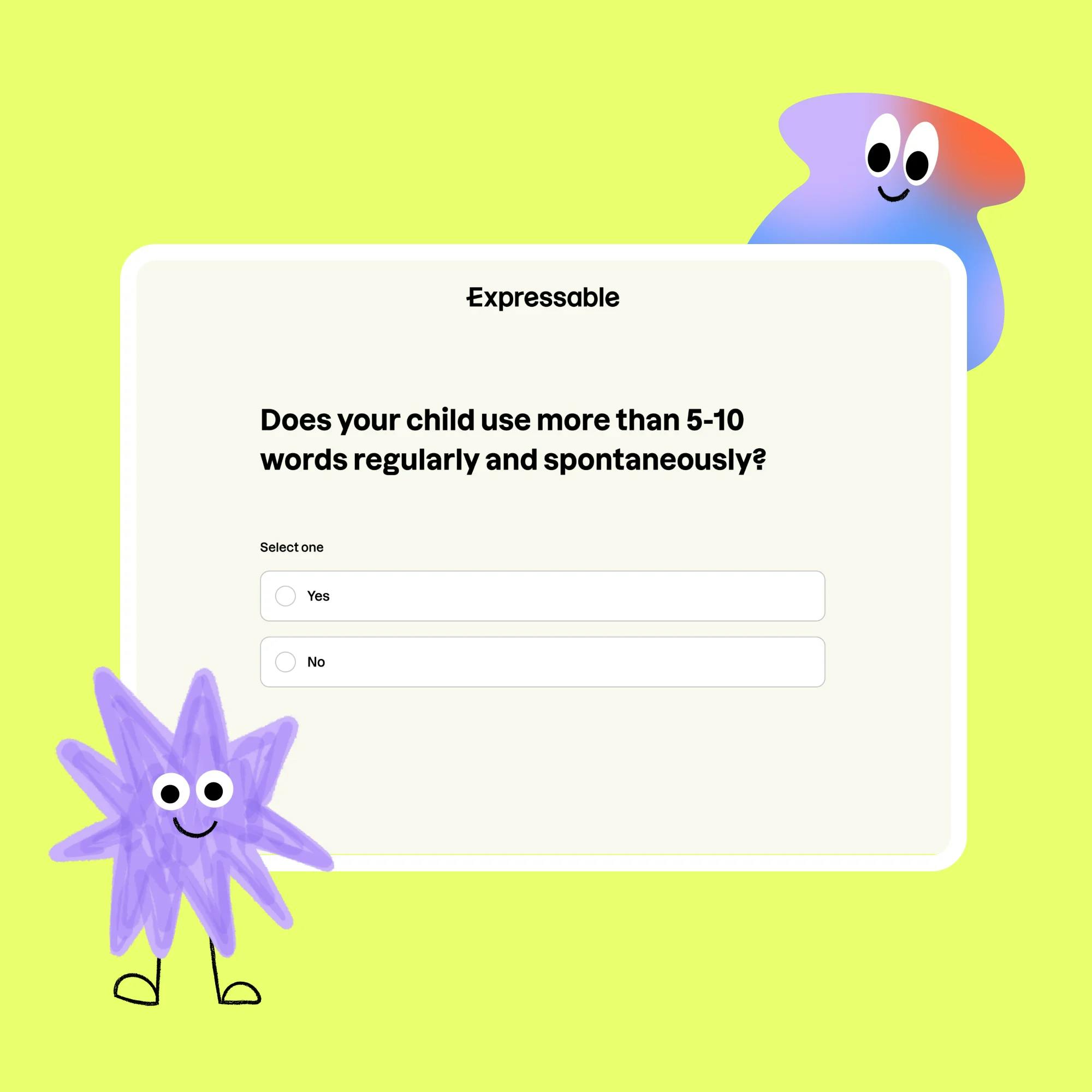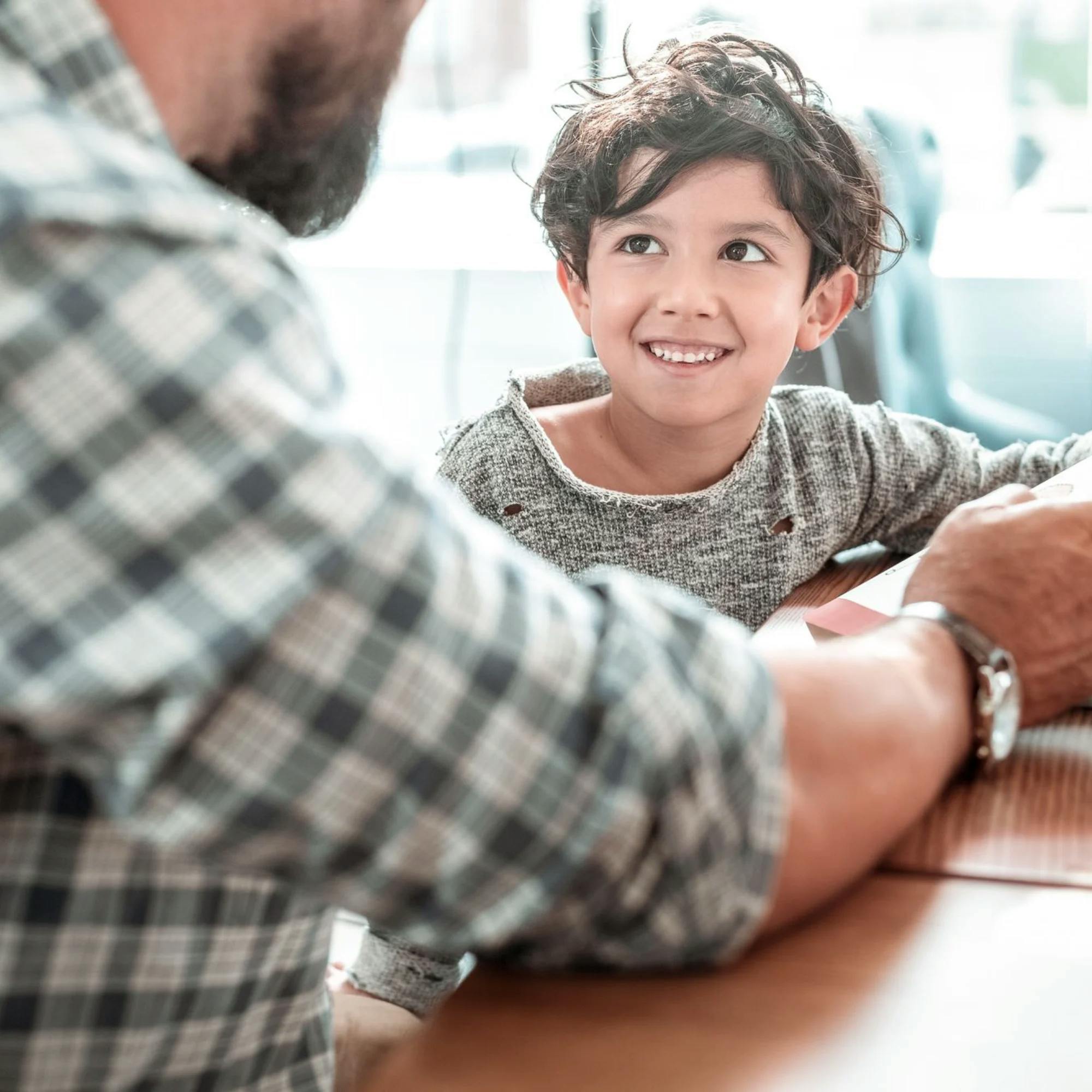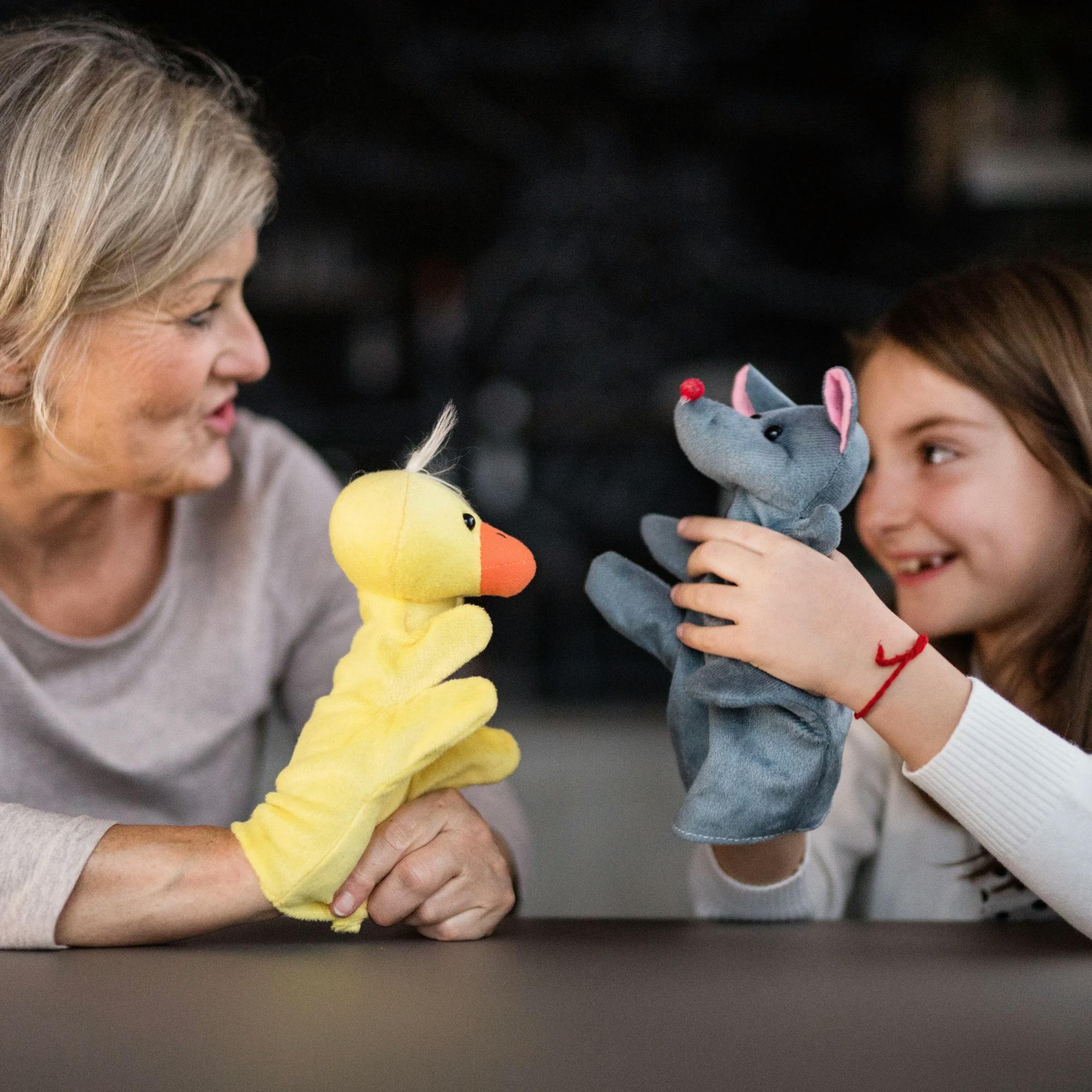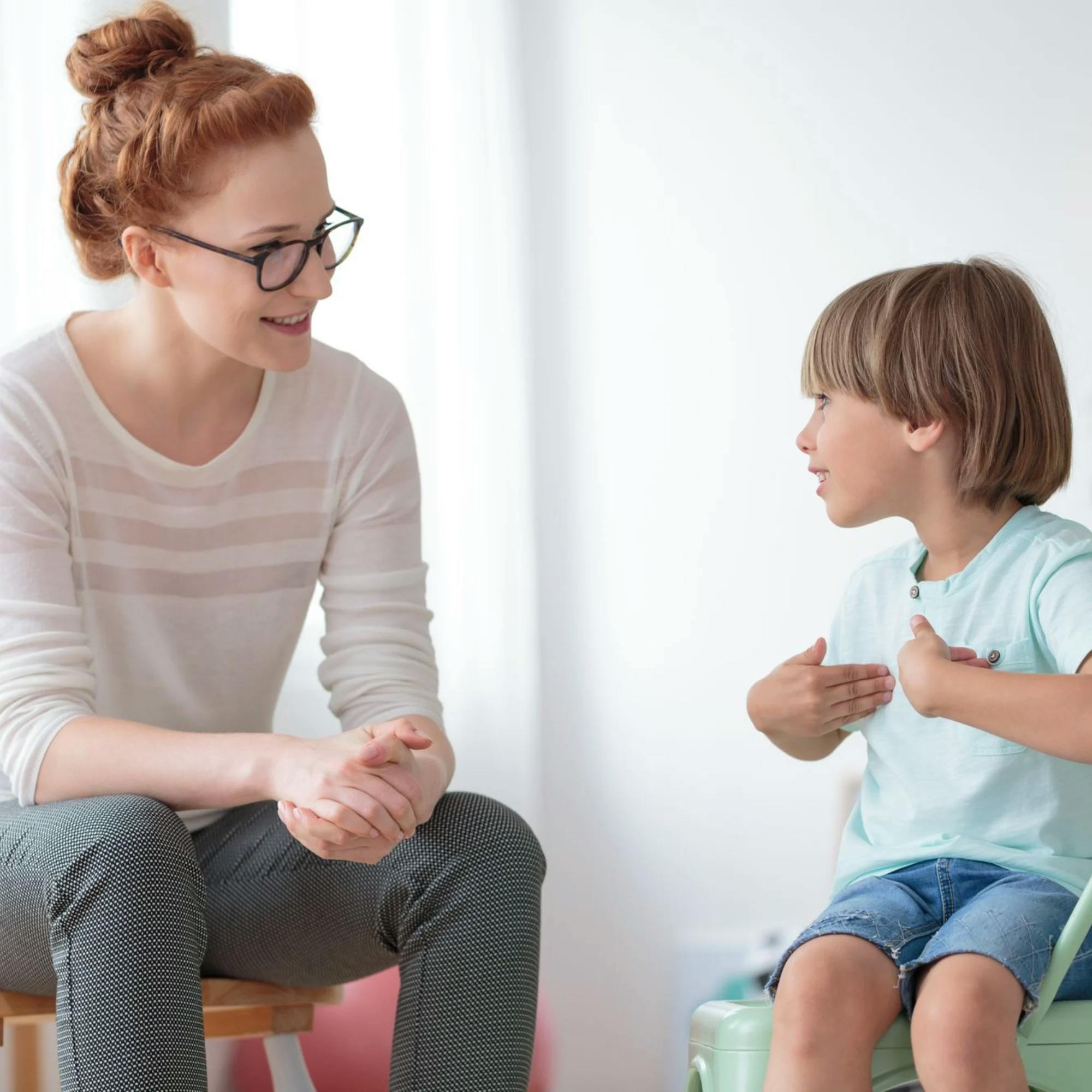Little-known fact: The /r/ sound is one of the most common sounds in the English language. In fact, it’s used in words more often than almost any other sound.
And it’s also one of the most difficult sounds to make!
Speech errors with the /r/ sound are very common in children. For some kiddos, speech sound disorders will naturally go away over time. For others, these articulation problems can last into adulthood.
Children who struggle with their /r/ sound production may sound less “mature” than other kids. For example, they may substitute a /w/ sound for an /r/ sound, saying “wing” instead of “ring.” Or they may produce distorted sounding /r/ sounds, saying “fath-uh” instead of “father,” or “dee-uh” instead of “deer.”
As you can imagine, this affects how well a child is understood. It also affects their confidence and self-esteem. This impact can become worse once they enter school. When children are surrounded by peers, they can become self-conscious about the way they sound and talk.
Let's look at when children should be able to accurately make the /r/ sound, why the /r/ sound is so hard to pronounce, and how to help improve your child’s articulation.


When should children correctly say the /r/ sound?
Every child develops on their own timeline. Speech errors and mispronunciations are common in all children as they grow and develop. However, there are developmental milestones and age ranges when children are expected to have mastered certain sounds.
Here's a good rule of thumb: If your child has entered kindergarten and is having difficulty with /r/ productions, yet they're usually understood by strangers, it's likely that they’ll naturally improve over time and with a bit of practice.
It’s appropriate to start working on correcting /r/ sounds as early as age 5.
From a clinical perspective, children should be able to correctly pronounce the /r/ sound in words by around 7 years of age, or once they enter second grade.
This doesn’t mean you need to “wait and see” until your child is 7 before helping them with their speech, especially if they're clearly struggling. It’s appropriate to start working on correcting /r/ sounds as early as age 5. In many cases, the earlier a child receives professional help from a speech therapist, the more progress they'll make toward their articulation goals.
Why is the /r/ sound so hard to say?
Several steps are required to correctly produce a sound. While these may come naturally to you, there’s actually a lot of anatomical coordination that’s happening behind the scenes. To produce a a sound correctly, you need to have an understanding of the desired speech sound. You also need to be able to coordinate your mouth movements (involving the jaw, tongue, and lips) with your breathing.
Here are a few common reasons why the /r/ sound can be so tricky.
There are different ways to produce the /r/ sound.
Let’s do a quick exercise. Practice making a /b/ sound and an /f/ sound. Notice how with the /b/ sound, your lips touched together? And with the /f/ sound, you bit your lower lip? Regardless of where these sounds are placed in a word, the mouth movements stay relatively consistent. This makes it easy to explain to children. In addition, you can pay close attention to a child's mouth movements to see where the error is occurring.
With the /r/ sound, however, there are different ways it can be produced depending on the tongue position. These positions generally fall into two categories: retroflex and bunched. For a retroflexed tongue position, the tip of the tongue curls and points backward toward the throat. For a bunched tongue position, the tongue tenses toward the posterior roof of the mouth. There’s no right or wrong way; everyone is different. However, it does make explaining and observing your child’s tongue position a little tougher.
The /r/ sound is influenced by its position in a word.
Try saying these three words consecutively: “round,” “corn,” and “laser.” Did you notice that the /r/ sounds different depending on whether it’s located in the beginning, middle, or end of the word?
Now try looking in the mirror and saying each of the words slowly, prolonging the /r/ sound. This goes to show just how many possible variations of the /r/ sound there are!
The /r/ sound is also impacted by vowels.
To add another layer of complexity, the vowel sound that comes before or after an /r/ can also affect how it’s pronounced. Try saying aloud the six different vocalic /r/ combinations: ar, air, ear, er, or, ire. Each of these make distinctly different sounds, with the /r/ taking on characteristics of the vowel and changing its pronunciation within a word.
This is all to say there’s not one way to pronounce an /r/ sound--there are many. In fact, when you combine these vocalic combinations, along with the position of the /r/ within a word, and a few other factors, there’s over 30 distinct and separate /r/ sounds. That’s a lot! This explains why mastery of the /r/ sound comes much later in a child’s developmental cycle, and why so many kiddos struggle with this sound.
Dacarri's story
Follow along on the journey of a preteen boy working on articulation for clearer speech. "Now I have more confidence in how I sound."
 Read Dacarri's story
Read Dacarri's storyHow to help your child with the /r/ sound
Since there are over 30 different /r/ sound variations, it’s important to first identify which ones are causing your child trouble. For example, they may find it easy to blend the /r/ sound with consonants, like /br/ or /dr/, but struggle with certain vowel combinations. Without a proper screening or assessment, it can be hard to locate the problem.
This may be easy to identify by simply running through different /r/ scenarios with your child. However, it's best to seek help from a speech-language pathologist. These communication experts will perform a comprehensive evaluation to pinpoint exactly which /r/ productions are inaccurate. They'll also determine how your child is coordinating their jaw, tongue, and lips. They’ll use this information to create a personalized treatment plan to correct your child's speech errors.
Once the problem has been located, it all comes down to practice and repetition. Speech therapists will use many different techniques, cues, and activities to help children identify accurate vs. inaccurate production, improve their articulation, instill good speech habits, and reach their communication goals. Once children master saying the /r/ sound in isolation, they’ll work on combining it with vowels, then producing it within words. They'll eventually learn to use it in phrases, sentences, and conversation.
Like all speech and language skills, the more you practice at home and incorporate techniques into your child’s everyday routines, the more progress they’ll make!
How Expressable Can Help
Concerned your child isn't reaching age-expected milestones? Looking for communication support from a professional? Expressable is a national online speech therapy practice serving children and adults. We treat all major areas of communication and feeding, offer flexible hours including evenings and weekends, and accept most major health insurance plans. We’re proud to have earned more than 3,000 5-star reviews from our clients (4.9/5 average).
Our therapy model is centered on parent and caregiver involvement. Research proves that empowering caregivers to participate in their loved one’s therapy leads to better outcomes. That’s why we combine live, 1-on-1 speech therapy with personalized education and home practice activities for faster progress.
Communication is more than words. It’s how we share how we feel and show who we are. We’re here to help you or your child do just that.

 Leanne Sherred, M.S., CCC-SLP
Leanne Sherred, M.S., CCC-SLP











